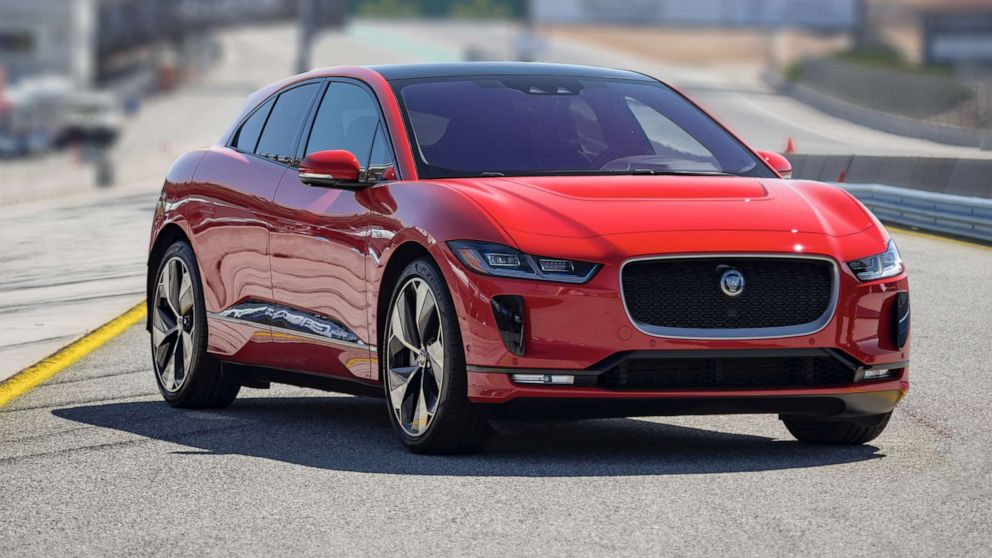Bragging Rights
Explore the latest trends, tips, and stories that make you stand out.
Charge Ahead: Why Electric Cars Are Here to Stay
Discover why electric cars are dominating the road and shaping the future. Charge ahead into sustainable driving today!
The Future of Mobility: Understanding the Rise of Electric Vehicles
The future of mobility is being reshaped by the dramatic rise of electric vehicles (EVs), a trend driven by technological advancements, governmental regulations, and growing environmental concerns. As traditional internal combustion engines face scrutiny over their contributions to air pollution and climate change, EVs present a cleaner and more sustainable alternative. According to a report by the International Energy Agency, the global electric car stock exceeded 10 million in 2022, marking a pivotal moment in the transition towards sustainable transportation. This trend is expected to accelerate as battery technologies improve and charging infrastructure expands, offering consumers more convenience and affordability.
Moreover, the rise of electric vehicles is not just a matter of environmental benefits, but it also represents a shift in mobility itself. The automotive industry is embracing innovative solutions such as ride-sharing and autonomous driving capabilities, making EVs more appealing to a broader audience. A Forbes article highlights that technological integration within EVs will enhance user experience and reduce operational costs, thus catalyzing their adoption. As consumers become more aware of the long-term benefits of electric mobility, it is clear that the future of transportation hinges on sustainable practices, innovative technologies, and a greener mindset.

Top 5 Reasons Electric Cars Are Reshaping the Automotive Landscape
The rise of electric vehicles (EVs) is transforming the automotive industry, leading to significant shifts in consumer preferences and manufacturing practices. Electric cars offer numerous environmental benefits, reducing greenhouse gas emissions and air pollution compared to traditional combustion engines. According to EPA, adopting electric vehicles can significantly lower the carbon footprint of personal transportation. Additionally, the growing availability of charging infrastructure is alleviating concerns over range anxiety, making the transition to electric more practical for everyday users.
Moreover, the innovation in electric cars has prompted major automakers to rethink their strategies. With incentives from governments worldwide, as highlighted by U.S. Department of Energy, manufacturers are investing heavily in research and development to enhance battery technology and overall performance. This competitive drive is not only leading to better products but is also inspiring a broader shift towards sustainable practices across the entire industry. The electric vehicle revolution is paving the way for advancements in autonomous driving technologies and improved user experiences, fundamentally reshaping the automotive landscape.
What You Need to Know About Charging Infrastructure for Electric Vehicles
As electric vehicles (EVs) continue to gain popularity, understanding charging infrastructure becomes increasingly essential for consumers and businesses alike. The U.S. Department of Energy highlights that a robust charging network is crucial for supporting the widespread adoption of EVs. This infrastructure includes various types of charging stations, such as Level 1, Level 2, and DC fast charging, each offering different charging speeds and capabilities. Knowing the distinctions between these options can help EV owners determine the best charging solutions for their needs.
In addition to the types of chargers, it's vital to consider the accessibility and location of charging stations. Research from Statista indicates that the availability of charging stations is a major factor influencing potential EV buyers. Major cities and highways are increasingly being equipped with charging stations to alleviate range anxiety and promote sustainable driving. Investing in appropriate charging infrastructure not only benefits consumers but also supports the overall transition to cleaner transportation and reduced greenhouse gas emissions.